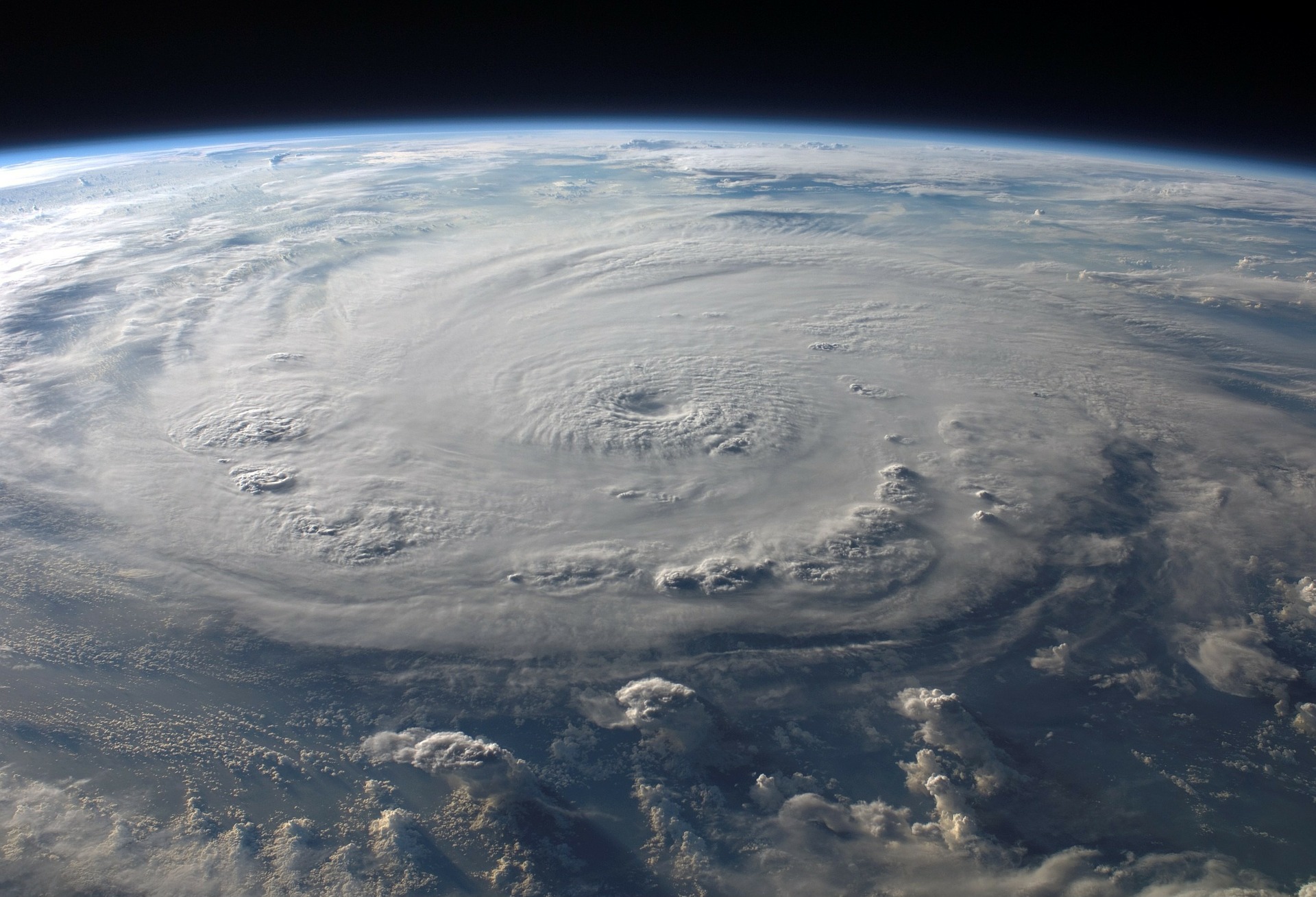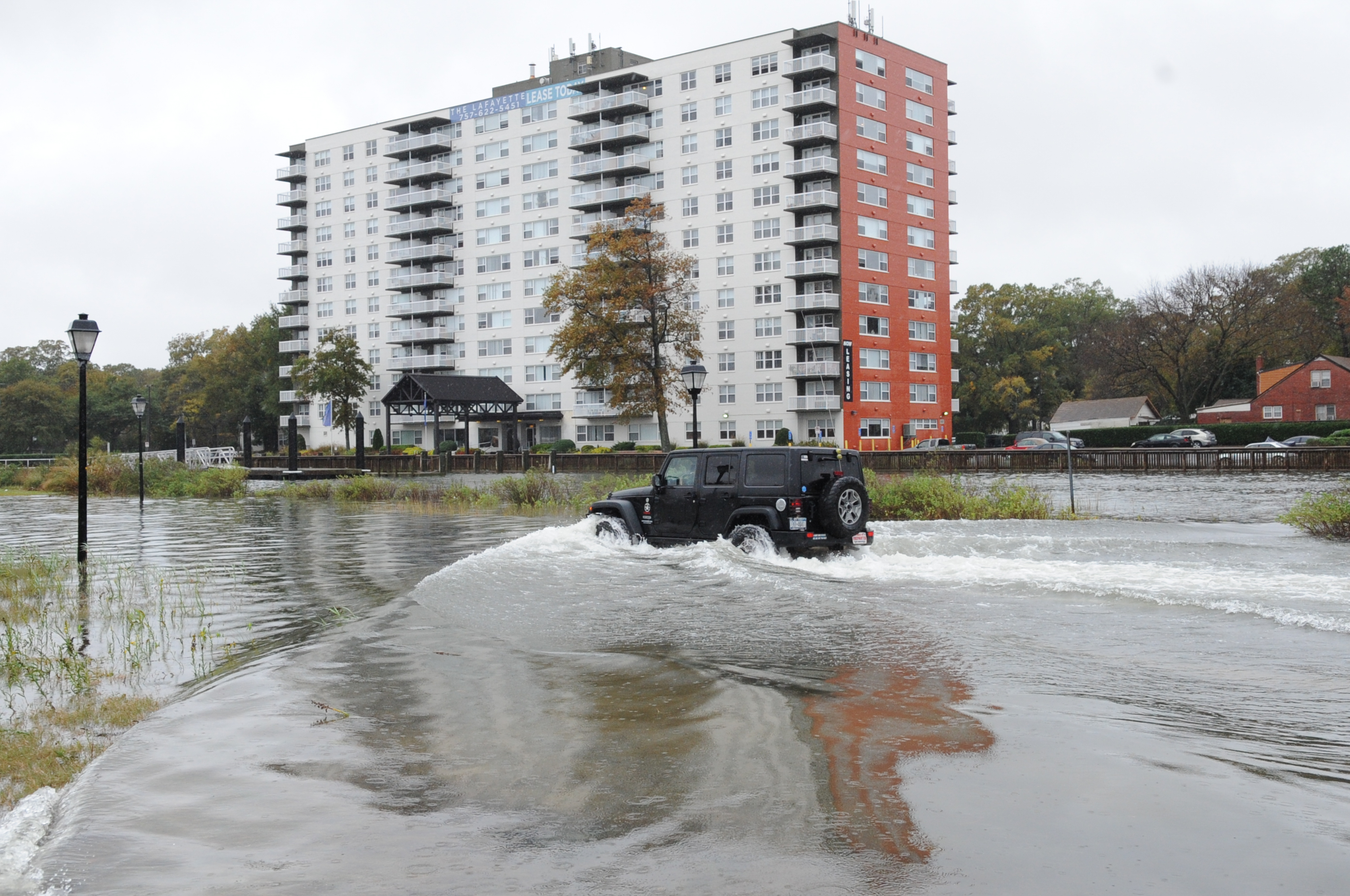2017 Costliest Year Ever for Weather-related Disasters
January 10, 2018

By Betsy Hnath
Weather and other natural disasters in the U.S. caused $306 billion in damage in 2017 - the costliest year ever, according to the National Oceanic Atmospheric Administration. Previously, 2005 held the record at $215 billion.
Of the seven categories tracked by NOAA's National Centers for Environmental Information: drought, flood, freeze, severe storm, tropical cyclone, wildfire and winter storm, in 2017 the U.S. had individual events costing over $1 billion in damages in all but one. Only winter storms failed to break the billion-dollar barrier.
Though 2017 proved to be the most expensive year to date, the upward trend in billion-dollar weather disasters has been steadily rising according to NOAA. In addition to inflation and population density's contribute to the uptick, climate change has been a major concern among reserachers.
"Climate change creates more frequent, more intense weather events. And they aren't isolated to hurricanes; they're across many hazards: severe heat, strong winds and bigger rain downpours," said Wie Yusuf, an Old Dominion University associate professor in public service. "Coupled with an increase in population, costs go up to rebuild after any storm."
Western states - California in particular -- suffered historic wildfire damage in 2017, aided by severe drought and unusually heavy winds, both seen as direct results of shifts in climate.
In the east, hurricanes - punctuated by particularly harsh storms like Harvey, Irma and Maria - were responsible for half of the 16, billion-dollar weather events of 2017.
Given its coastal location, the Hampton Roads region is especially vulnerable to a catastrophic weather event. And though residential structures capture much of the media attention, business damages tend to be the costliest.
"The price of retail and commercial square footage has gone up along with housing," said Josh Behr, an Old Dominion University research associate professor at the Virginia Modeling, Analysis and Simulation Center (VMASC). "Think about Virginia Beach Boulevard: If all those car dealerships suffered even modest flooding, at $30,000 per unit, the losses would be huge."
For residents, the greatest financial risk comes from storm-related flooding. Yet, according to ODU's recent "Life in Hampton Roads" study, only 33 percent of those surveyed carry flood insurance.
"Homeowners have a misperception that they're covered when they aren't," Yusuf said. "In 2015, a large area of South Carolina flooded where only five percent of the population had flood insurance. The maximum federal aid they could receive was around $30,000 if their home was a complete loss, but the average amount we saw was $4,000. So, even if you think your home might not take on water, I would consider flood insurance a must for any homeowner in this area."
Preparation for large-scale storms is key for cities, too, and Norfolk and Virginia Beach have begun making both short- and long-term infrastructural changes.
With the assistance of Old Dominion University faculty and researchers, resiliency and sea level rise is now incorporated in civic planning projects, storm water drainage structuring and even school building materials.
"We can't control when a big storm might hit," Michelle Covi, an Old Dominion assistant professor of Ocean, Earth and Atmospheric Sciences said. "But we can control our preparedness. And Old Dominion has been a critical partner with the community in getting the conversation going about how to best prepare, so that in the event we are confronted with a major weather event, our region will be back up and running quickly and effectively."
Aside from insuring properties, there are practical measures residents can also take to prepare in the event of a weather disaster.
"Basically, have a plan in place if you have to leave town, long before you'd need to," Covi said. "Know your evacuation zone and have a 'go kit' of essential items ready."
Planning is essential for businesses, too.
"How you prepare for, and respond to, the destruction of your business doesn't just apply to a hurricane. It may be the same as a fire or a terrorist threat in the community," Yusuf said. "It's important to consider things like continuity of operation if the storefront is closed from five days of flooding or if the storm surge knocks you out."




